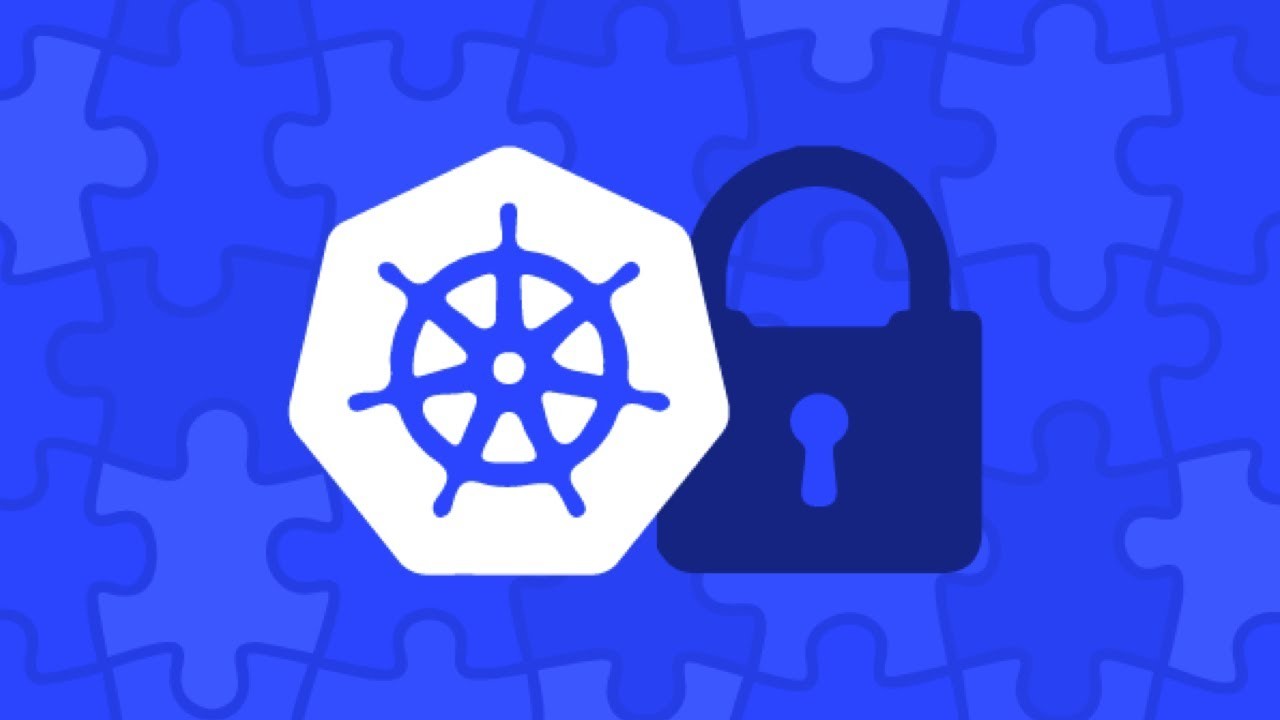“Protecting Your Kubernetes Clusters: Strengthening Security with Effective Strategies and Essential Tools”
Introduction:
Securing Kubernetes clusters is of utmost importance in order to protect sensitive data, prevent unauthorized access, and ensure the overall stability and reliability of the cluster. As Kubernetes becomes increasingly popular for container orchestration, it becomes a prime target for attackers. Therefore, implementing effective security strategies and utilizing appropriate tools is crucial to safeguard the cluster and its resources. This article explores various strategies and tools that can be employed to enhance the security posture of Kubernetes clusters.
Best Practices for Securing Kubernetes Clusters
Best Practices for Securing Kubernetes Clusters
Securing Kubernetes clusters is of utmost importance to ensure the safety and integrity of your applications and data. With the increasing popularity of Kubernetes as a container orchestration platform, it has become a prime target for cyber attacks. In this article, we will discuss some best practices for securing Kubernetes clusters and explore the tools that can help you achieve a robust security posture.
One of the fundamental steps in securing Kubernetes clusters is to ensure that you are using the latest version of Kubernetes. The Kubernetes community regularly releases updates that address security vulnerabilities and provide new features. By staying up to date with the latest version, you can benefit from these security enhancements and protect your cluster from known vulnerabilities.
Another crucial aspect of securing Kubernetes clusters is to implement strong authentication and authorization mechanisms. Kubernetes supports various authentication methods, such as client certificates, bearer tokens, and OpenID Connect. It is recommended to use a combination of these methods to ensure that only authorized users and services can access the cluster. Additionally, role-based access control (RBAC) should be implemented to define granular permissions for different users and groups.
Securing the communication between Kubernetes components is also essential. By default, Kubernetes uses unencrypted HTTP communication between its components, which can be intercepted and manipulated by attackers. To mitigate this risk, it is recommended to enable Transport Layer Security (TLS) encryption for all communication channels within the cluster. This can be achieved by configuring Kubernetes with valid TLS certificates and enabling mutual authentication between components.
Regularly monitoring and auditing your Kubernetes cluster is another best practice for maintaining a secure environment. By monitoring the cluster’s activities, you can detect any suspicious behavior or unauthorized access attempts. Kubernetes provides various logging mechanisms, such as cluster-level logging and audit logging, which can be leveraged to gain insights into the cluster’s activities. Additionally, integrating a centralized logging and monitoring solution can help you aggregate and analyze logs from multiple clusters, providing a holistic view of your Kubernetes infrastructure.
Implementing network policies is crucial for securing Kubernetes clusters. Network policies allow you to define rules that control the traffic flow between pods and external resources. By enforcing these policies, you can restrict communication between pods and prevent unauthorized access to sensitive resources. It is recommended to adopt a least-privilege approach when defining network policies, only allowing necessary communication and blocking all other traffic by default.
Regularly scanning your container images for vulnerabilities is another important practice for securing Kubernetes clusters. Container images often contain outdated or vulnerable software components, which can be exploited by attackers. By using container image scanning tools, you can identify and remediate these vulnerabilities before deploying the images to your cluster. Additionally, implementing an image registry with access controls can help prevent the use of unauthorized or tampered images.
In conclusion, securing Kubernetes clusters requires a combination of best practices and the use of appropriate tools. By staying up to date with the latest version of Kubernetes, implementing strong authentication and authorization mechanisms, securing communication channels, monitoring and auditing the cluster, implementing network policies, and regularly scanning container images, you can significantly enhance the security of your Kubernetes infrastructure. Remember, securing your cluster is an ongoing process, and it is essential to regularly review and update your security measures to stay ahead of emerging threats.
Effective Tools for Securing Kubernetes Clusters
Effective Tools for Securing Kubernetes Clusters
When it comes to securing Kubernetes clusters, there are several effective tools that can help organizations protect their containerized applications and data. In this article, we will explore some of these tools and discuss how they can enhance the security of Kubernetes clusters.
One of the most popular tools for securing Kubernetes clusters is Aqua Security. Aqua Security provides a comprehensive platform that enables organizations to secure their containerized applications from development to production. With features such as vulnerability scanning, image assurance, and runtime protection, Aqua Security helps organizations identify and mitigate security risks in their Kubernetes clusters.
Another tool that organizations can leverage to secure their Kubernetes clusters is Sysdig Secure. Sysdig Secure offers a range of security capabilities, including vulnerability management, compliance monitoring, and runtime threat detection. By integrating with Kubernetes, Sysdig Secure provides real-time visibility into the security posture of containerized applications, allowing organizations to quickly identify and respond to potential threats.
For organizations looking for a tool that focuses specifically on Kubernetes security, Twistlock is an excellent choice. Twistlock offers a comprehensive security platform that is purpose-built for Kubernetes environments. With features such as vulnerability management, compliance monitoring, and runtime defense, Twistlock helps organizations protect their Kubernetes clusters from a wide range of security threats.
In addition to these commercial tools, there are also open-source solutions available for securing Kubernetes clusters. One such tool is Falco, which is an open-source runtime security project for containers and Kubernetes. Falco leverages Kubernetes audit logs and system calls to detect and alert on anomalous behavior in containerized applications. By using Falco, organizations can enhance the security of their Kubernetes clusters without incurring additional costs.
Another open-source tool that organizations can consider is kube-bench. Kube-bench is a Go-based tool that checks whether Kubernetes is deployed securely by running the CIS Kubernetes Benchmark tests. By using kube-bench, organizations can ensure that their Kubernetes clusters are configured according to best practices and are less susceptible to security vulnerabilities.
While these tools can greatly enhance the security of Kubernetes clusters, it is important to note that they should be used in conjunction with other security measures. Organizations should also implement strong access controls, regularly update and patch their Kubernetes clusters, and conduct regular security audits to ensure the ongoing security of their containerized applications.
In conclusion, securing Kubernetes clusters is a critical task for organizations that want to protect their containerized applications and data. By leveraging effective tools such as Aqua Security, Sysdig Secure, Twistlock, Falco, and kube-bench, organizations can enhance the security of their Kubernetes clusters and mitigate potential security risks. However, it is important to remember that these tools should be used in conjunction with other security measures to ensure comprehensive protection. With the right tools and security practices in place, organizations can confidently deploy and manage their containerized applications in Kubernetes clusters.
Key Strategies for Enhancing Security in Kubernetes Clusters
Securing Kubernetes Clusters: Strategies and Tools
Key Strategies for Enhancing Security in Kubernetes Clusters
Kubernetes has become the go-to container orchestration platform for many organizations due to its flexibility and scalability. However, as with any technology, security is a critical concern. In this article, we will explore key strategies for enhancing security in Kubernetes clusters and the tools that can help achieve this.
One of the fundamental strategies for securing Kubernetes clusters is to ensure that only authorized users have access. This can be achieved by implementing strong authentication and authorization mechanisms. Kubernetes provides various authentication options, such as client certificates, bearer tokens, and OpenID Connect. By leveraging these authentication methods, organizations can ensure that only trusted individuals can interact with the cluster.
Another important aspect of securing Kubernetes clusters is to implement fine-grained access controls. Kubernetes offers Role-Based Access Control (RBAC), which allows administrators to define granular permissions for different users or groups. By carefully defining roles and assigning them to users, organizations can limit access to sensitive resources and prevent unauthorized actions.
Regularly updating Kubernetes components is crucial for maintaining a secure cluster. Kubernetes releases frequent updates that address security vulnerabilities and introduce new features. By staying up to date with these releases and promptly applying patches, organizations can mitigate potential security risks. Additionally, organizations should regularly review and update their container images to ensure they are free from known vulnerabilities.
Monitoring and logging play a vital role in detecting and responding to security incidents in Kubernetes clusters. By implementing a robust monitoring solution, organizations can gain visibility into cluster activities and identify any suspicious behavior. Tools like Prometheus and Grafana can be used to collect and visualize cluster metrics, while tools like Falco can provide real-time threat detection by monitoring system calls and container activities. Furthermore, aggregating logs from various cluster components can help in identifying security breaches and conducting forensic analysis.
Encrypting communication within Kubernetes clusters is essential for protecting sensitive data. Kubernetes supports Transport Layer Security (TLS) for securing communication between cluster components. By enabling TLS encryption, organizations can prevent eavesdropping and ensure that data transmitted within the cluster remains confidential. Additionally, encrypting secrets and sensitive configuration data stored in etcd, the Kubernetes cluster’s key-value store, adds an extra layer of protection.
Implementing network policies is another effective strategy for enhancing security in Kubernetes clusters. Network policies allow organizations to define rules that control traffic flow between pods and external resources. By explicitly specifying which pods can communicate with each other and which external resources they can access, organizations can prevent unauthorized access and limit the attack surface.
Regularly conducting security audits and vulnerability assessments is crucial for identifying and addressing potential security weaknesses in Kubernetes clusters. Tools like kube-bench and kube-hunter can be used to assess cluster configurations and identify common security misconfigurations. Additionally, penetration testing can help organizations simulate real-world attacks and identify any vulnerabilities that could be exploited.
In conclusion, securing Kubernetes clusters requires a multi-faceted approach that encompasses authentication, access controls, updates, monitoring, encryption, network policies, and regular audits. By implementing these key strategies and leveraging the appropriate tools, organizations can enhance the security of their Kubernetes clusters and protect their valuable data and resources. As Kubernetes continues to evolve, staying vigilant and proactive in addressing security concerns will be crucial for organizations to maintain a secure and resilient container orchestration platform.In conclusion, securing Kubernetes clusters is crucial to protect sensitive data and prevent unauthorized access. Implementing strategies such as RBAC, network policies, and secure container images can enhance the security of Kubernetes clusters. Additionally, utilizing tools like Kubernetes Secrets, Pod Security Policies, and vulnerability scanners can further strengthen the overall security posture. It is essential for organizations to prioritize security measures and regularly update and monitor their Kubernetes clusters to mitigate potential risks and vulnerabilities.




